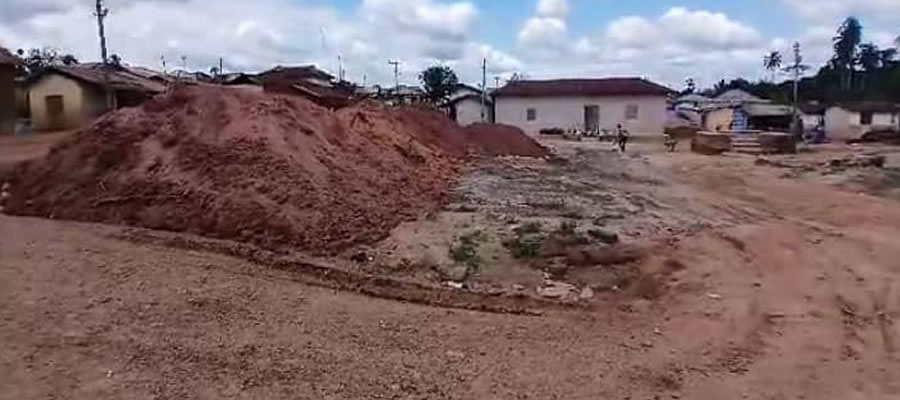

Water and Sanitation access to safe water, waste management and drainage
Quality and safe drinking water is an essential requirement to the population considering its numerous health implications. Table … shows the major sources of drinking water in the District which are bore-hole /pump/tube well (46.9%), river/stream (18.9%) pipe borne (29.9%) and others including spring, pond and unprotected well (4.3%). However, sachet water and bottled water are gradually gaining grounds in terms of drinking water supply. The main source of water supply in the district is bore-hole/pump/tube well. Only 13.7 percent of the households have access to pipe borne water. In the rural-urban distribution, a higher proportion of 54% in the rural localities use borehole/pump/tube well compared to 15.2% in the urban localities.
Furthermore, river/stream is widely used in the rural localities forming 25.9% compared to 2.5% in the urban.The district currently has 5 Small Town water Systems, 83 boreholes, 27 Hand dug wells and 1 GWCL connected community across serving up to about 53% of the total population. This situation indicates a low coverage in the supply of potable water to the population, thus, leaving the unserved population to rely on other water sources and exposing them to water borne diseases.With regards to basic sanitation, pit latrine is widely used in the district followed by public toilet and the least patronized facility is the bucket/pan whilst 16.9% of households have no toilet facilities at all.
The method of solid waste disposal in the district is mainly by public dumping in the open space and use of skip container. Moreover, about 2.5% of households use public dump (container) as a method of disposing waste whiles 1.6 % of households solid waste are collected. Over half of households (71.6%) in the district dispose off their solid waste through public dump (open space) of which 73.3% of households are in urban and 70.9% in rural. The Table further shows method of liquid disposal by type of locality. More rural households (12.4%) dispose their solid waste indiscriminately compared to 3.5% of urban households.
Moreover, much of the solid waste (74.1%) generated in the district is disposed off at public dumpsites into containers and open space whilst 9.8% of the households indiscriminately dispose of their solid waste. However, this occurs more among rural households (12.4%) in the district. Regarding liquid waste disposal, 54.1% of households dispose liquid waste onto their compounds, 26.7% onto the street/outside home whereas 4.8% use the gutter. This depicts an inefficient and unhygienic method of waste disposal in the district, an indication of the insanitary conditions which indirectly measure of the socio-economic status of households in the district.
Date Created : 11/23/2017 2:06:51 AM









 facebook
facebook
 twitter
twitter
 Youtube
Youtube
 +233 593 831 280
+233 593 831 280 0800 430 430
0800 430 430 GPS: GE-231-4383
GPS: GE-231-4383 info@ghanadistricts.com
info@ghanadistricts.com Box GP1044, Accra, Ghana
Box GP1044, Accra, Ghana